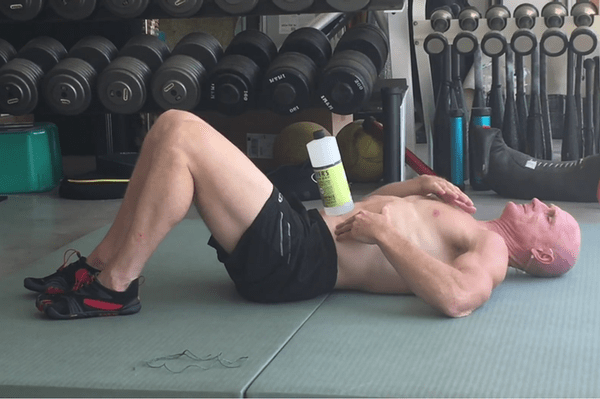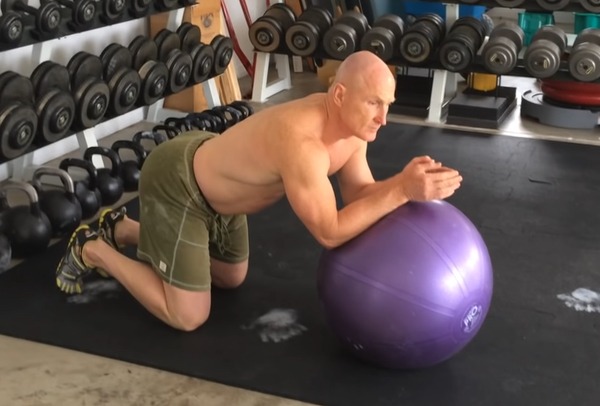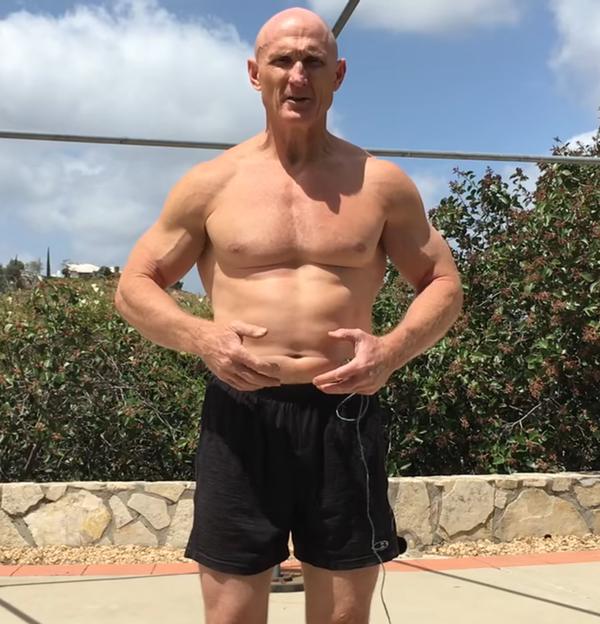Correcting An Inverted Breathing Pattern
by Paul Chek

As we inhale, the normal pattern of abdominal wall action is such that with inhalation, the abdominal wall should relax and expand so the diaphragm has the ability to push the organs downward. This is an essential means of creating negative pressure in the lungs to draw fresh air in with inhalation.
An inverted breathing pattern is a term I created long ago as a young therapist when I had a large patient load that included athletes and people of all types.
With an inverted breathing pattern, as a person inhales, his/her abdominals remain tight, or tightens more. This blocks the diaphragm’s ability to contract effectively and stops the organs from being able to move downward with inhalation.
When a client has an inverted breathing pattern, he/she has an over-recruitment of the scalene muscles in the neck, which help lift the rib cage on inhalation, while secondary breathing muscles (such as the upper trapezius and levator scapulae) become hyperactive.
This leads to a variety of problems (cognitive, physical, digestive, eliminative and others) that are often overlooked by doctors and therapists and can’t be effectively alleviated without restoring optimal breathing mechanics.
Unfortunately, an obsession with perfect abs due to abdominal isolation training (leading to excessive abdominal tone) is one of the more common contributors to inverted breathing pattern disorders.
In my vlog, I’ll show you how to use a plastic bottle filled with a little water to gain visual and kinesthetic feedback you can use to restore your breathing pattern. You’ll also learn how to use a kite string tied around your waist to retrain your breathing pattern so it is optimal.
My book, How To Eat, Move and Be Healthy!, offers specific assessments for the abdominal muscles, as well as corrective exercises and stretches that can help you have a functional, beautiful core and breathe optimally too!
Love and chi,
Paul


